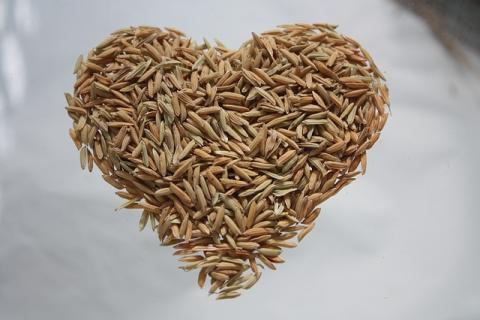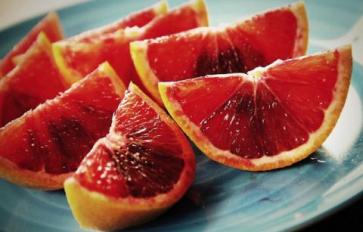
Brown rice is believed to have first been cultivated in China about 9000 years ago. Arab travelers brought the grain to the Middle East and subsequently rice traveled throughout the world. The whole grain is known as brown rice – it contains the inner grain, the hull and the germ. Together, they are a rich source of minerals, vitamins, and proteins. When the outer cover of the grain (called the hull and the germ) is removed, it becomes white rice – and though rich in vitamins and minerals, it is not as nutritious as brown rice; however, it is easier to digest. There are more than 8000 varieties of rice but only a few are readily known.
Ayurveda use of rice advises long-grained basmati rice because it is easily digested. It is saatvic or pure and builds the tissues of the body, and it balances Vata, the air dosha, and Pitta, the fire and water dosha. However, it is advised that those with Kapha tendencies, the earth and water dosha, limit their intake of rice. It is high in the vital life energy known as prana and brings the sweet taste of the six basic tastes used in Ayurveda.
Holistic healers use brown rice for its rich nutritional value. It contains more than 70 antioxidants found in the bran of the hull. Its manganese is used to benefit the nervous system and the magnesium is used to fight heart disease, protect the skin from harmful UV, lower blood pressure and help to regulate blood sugar.
Brown rice is a valuable addition to any diet as it is a natural, unrefined grain.
Here are 4 reasons to give brown rice a chance:
1. Because brown rice is rich in magnesium it helps to strengthen the skeletal system. Most of the magnesium in the body is stored in the bones and eating brown rice helps to maintain a healthy reserve. One serving of brown rice provides the body with twenty-one percent of the recommended daily requirement.
2. The high fiber content of brown rice supplies 14 % of the daily recommended intake and helps in the prevention of colon cancer and breast cancer. Cancer cells do not develop in areas where fiber has attached to cancer-causing chemicals. It also helps in regulating the lower digestive tract.
3. Brown rice is beneficial to the cardiovascular system -- especially in post-menopausal women. It reduces the incidents of plaque buildup in the arteries. It also contains plant lignans, a substance that protects the heart from disease.
4. It is rich in phytonutrient compounds that are naturally found in plants and are proven to be used as anti-inflammatory agents. This is beneficial, preventing asthma and other inflammatory maladies. They also can act as antioxidants, ridding the body of free radicals.
Brown rice is a versatile grain that can be used in a variety of dishes.
Vegetarian Hamburger Patties
Yield: six to eight patties
Ingredients:
1 cup Brown rice
2 ½ cups Water
1 large Egg
4 tablespoons Sunflower oil
1 teaspoon Onion granules or powder
1 teaspoon Garlic granules or powder
2 teaspoons Coriander, ground seed
1 teaspoon Nutmeg, ground
1 teaspoon Turmeric
1 tablespoon Mustard, ground or prepared brown
1 tablespoon Paprika
1 teaspoon Sugar
1 ½ teaspoons Salt
Directions:
1. Cook rice until all of the water is thoroughly absorbed, about 45 minutes. It will be a pasty consistency.
2. Beat the egg until frothy and lemon yellow in color and blend into the rice.
3. Thoroughly blend all the remaining ingredients into the rice and egg.
4. Form into patties and sauté in a large fry pan until golden on both sides.
The patties can be frozen for future use.








